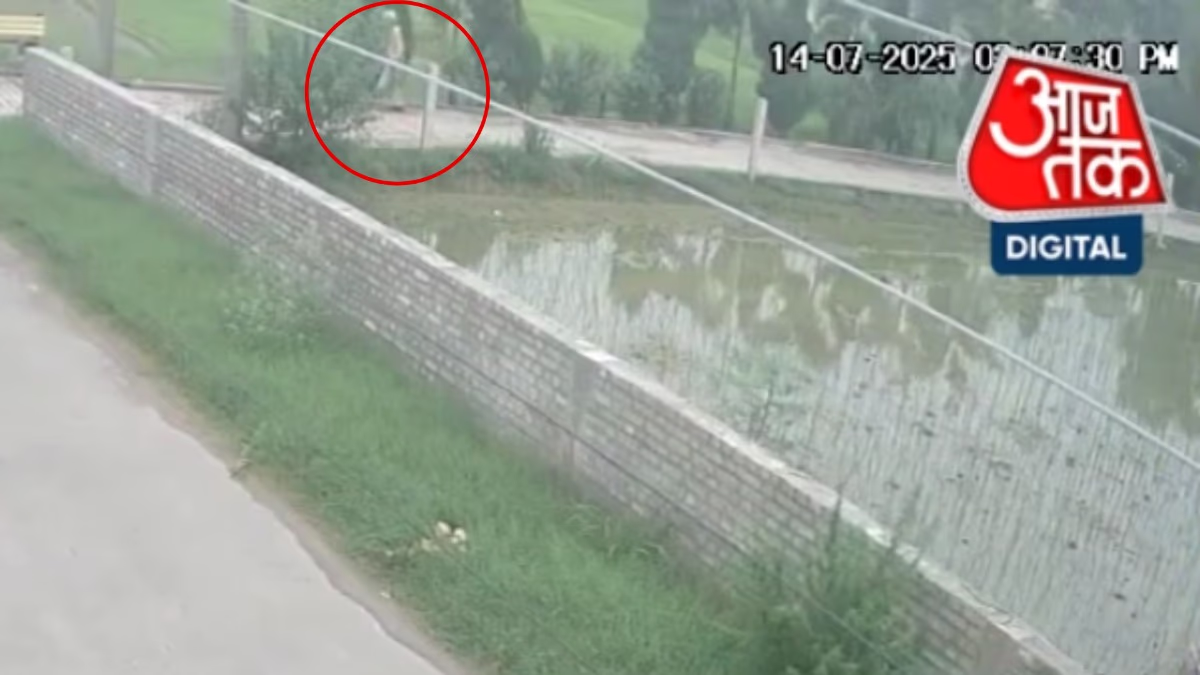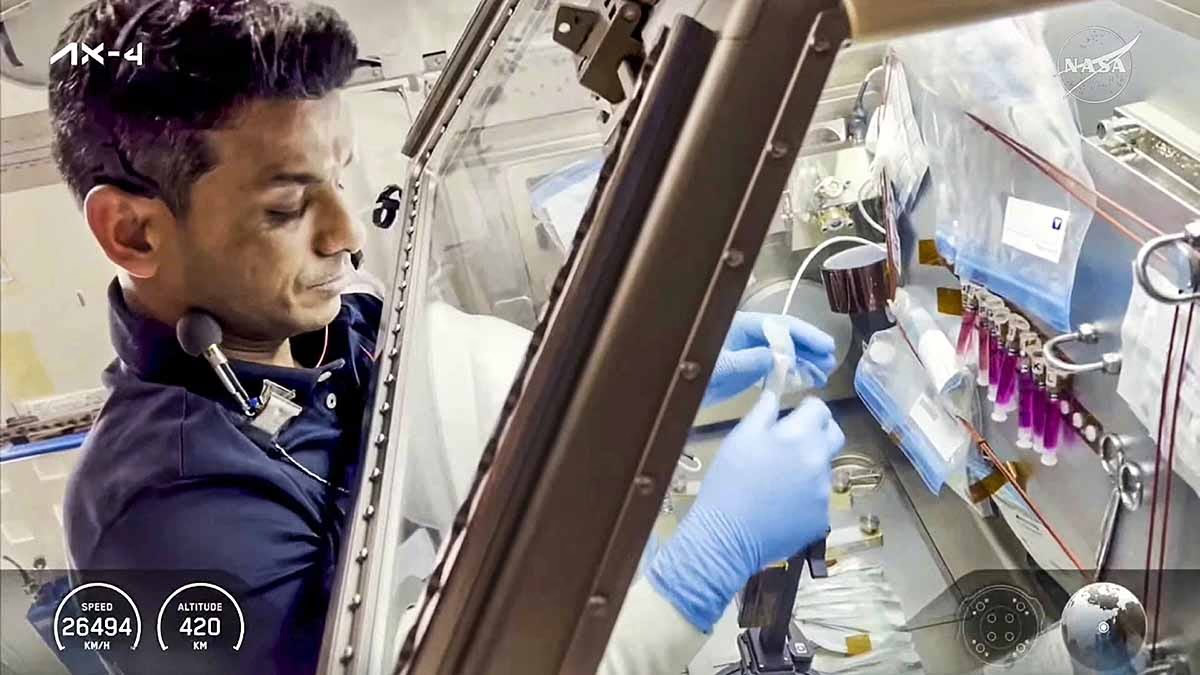In a strategic move to reinforce Ukraine's defense, American President Donald Trump and Ukrainian President Volodymyr Zelenskyy discussed the dispatch of the Patriot Missile System. With Russia's unabating drone and missile attacks, fortifying Ukraine's air defenses has become imperative. Trump announced in July 2025 that the U.S. would send more Patriot Systems to Ukraine, funded by NATO allies.
Nations like Germany and Norway have also pledged contributions. Previously, Zelenskyy had proposed purchasing ten Patriot Systems, valued at nearly $15 billion. However, recognizing America's defense priorities, the U.S. opted to grant these systems as assistance rather than sales.
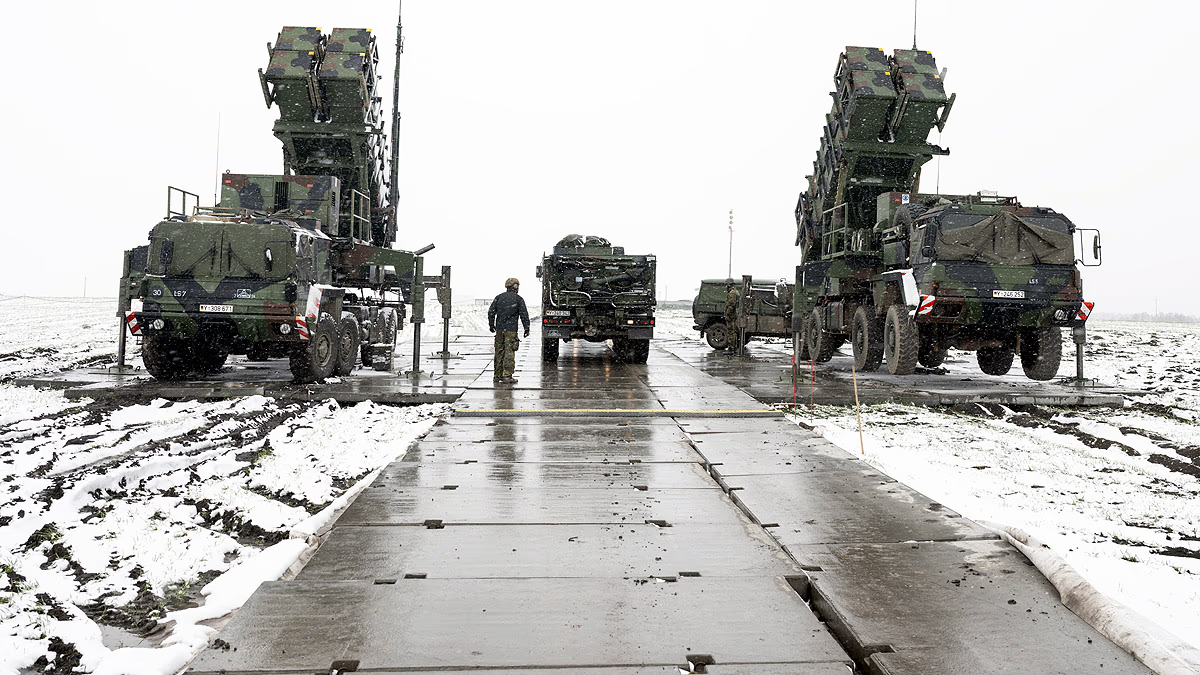
Source: aajtak
Understanding the Patriot Missile Defense System
Officially known as the 'Phased Array Tracking Radar for Intercept on Target' (MIM-104 Patriot), this cutting-edge weapon system is a product of Raytheon, a leading American defense contractor. It is engineered to intercept incoming missiles, drones, and aircraft, offering robust air defense capabilities.
Specially designed to tackle ballistic and cruise missiles, the Patriot System comprises radars, control units, launchers, and missiles, collectively working to counter hostile aerial offensives.
Remarkably, the system can intercept high-speed missiles at altitudes up to 15 kilometers and ranges of 35 kilometers. Deployed since the 1980s by the U.S. military, it is now also being extended to countries like Ukraine.
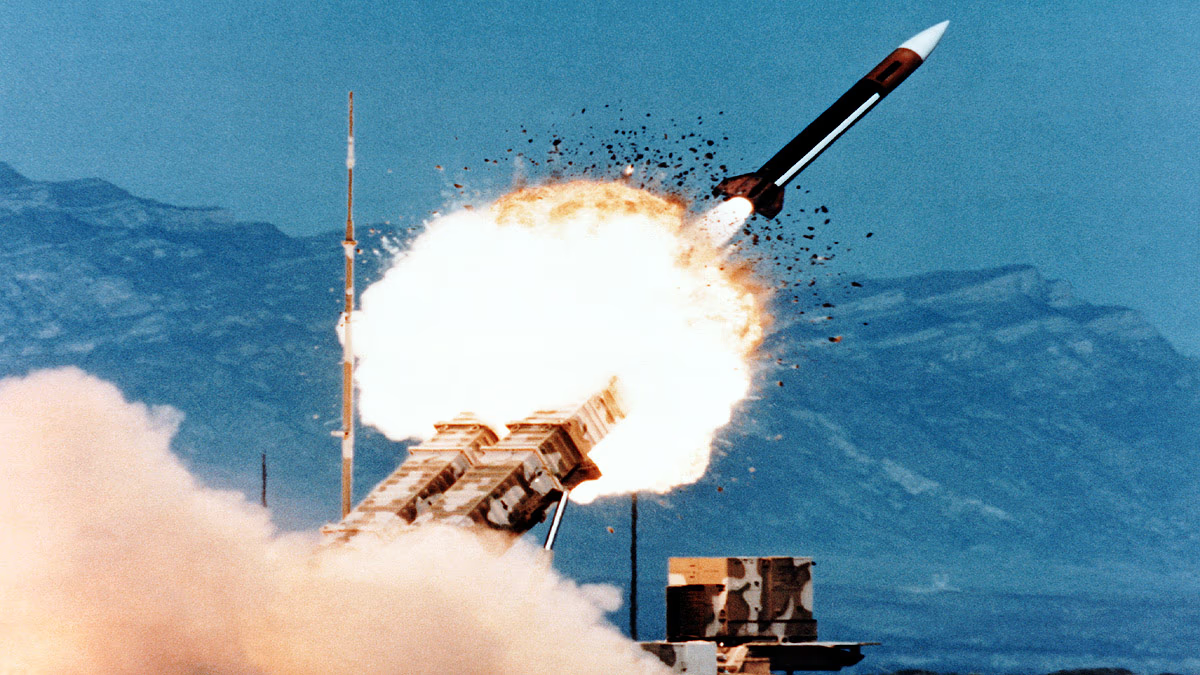
Source: aajtak
Can the Patriot System Shield Against Russian Attacks?
While highly effective, guaranteeing the Patriot System can thwart every type of Russian assault is challenging. Let’s demystify it in simple terms.
Against Ballistic and Cruise Missiles:
The Patriot is adept at intercepting some of Russia's formidable missiles, like Kinzhal and Iskander-M. Notably, in May 2023, Ukraine employed the Patriot to neutralize a Kinzhal missile, countering Russia's claim of its invincibility.
Against Drone Assaults:
Despite Russia's extensive drone offensives with cost-effective drones like Shahed, using a Patriot missile to intercept them proves costly. A single Patriot missile costs about $4 million, whereas drones are worth mere thousands. Hence, Ukraine requires affordable, small-scale weaponry to effectively defend against such drones.
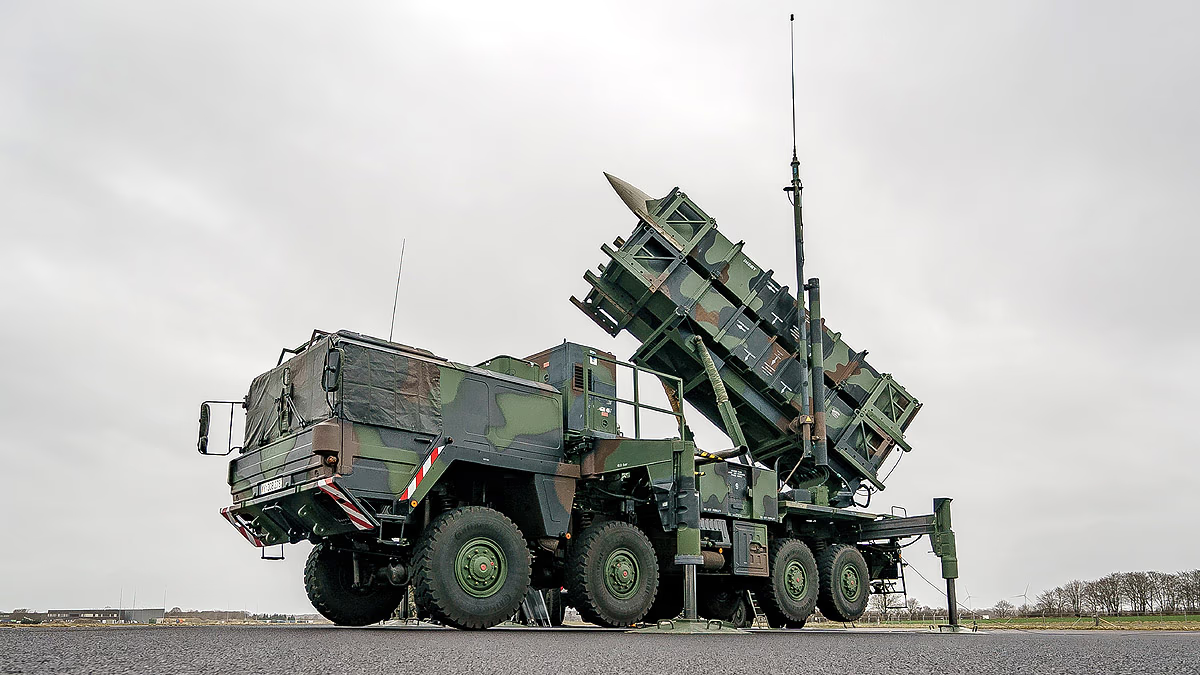
Source: aajtak
Hypersonic Missiles:
On Russia's claim of missiles like Kinzhal being hypersonic, i.e., traveling at extreme speeds, the Patriot System has intercepted some, yet certain experts believe that consistent reliability is uncertain—especially during simultaneous multi-missile launches.
Limited Quantities:
Presently, Ukraine possesses 6-8 Patriot Systems, capable of safeguarding only major cities like Kyiv and Odessa. Covering the entire nation demands 25 systems, an unfeasible count for now.
What Are the Challenges?
Expensive System: Each Patriot System exceeds $1 billion, posing financial hurdles for countries like Ukraine to purchase and maintain.
Finite Stock: The U.S. and allies also possess limited Patriot missiles, and providing Ukraine with more could compromise America’s own defense readiness.
Russian Strategy: Through cheaper drones and missiles, Russia aims to deplete Ukraine’s defense resources rapidly, expeditiously using up Patriot System missiles.
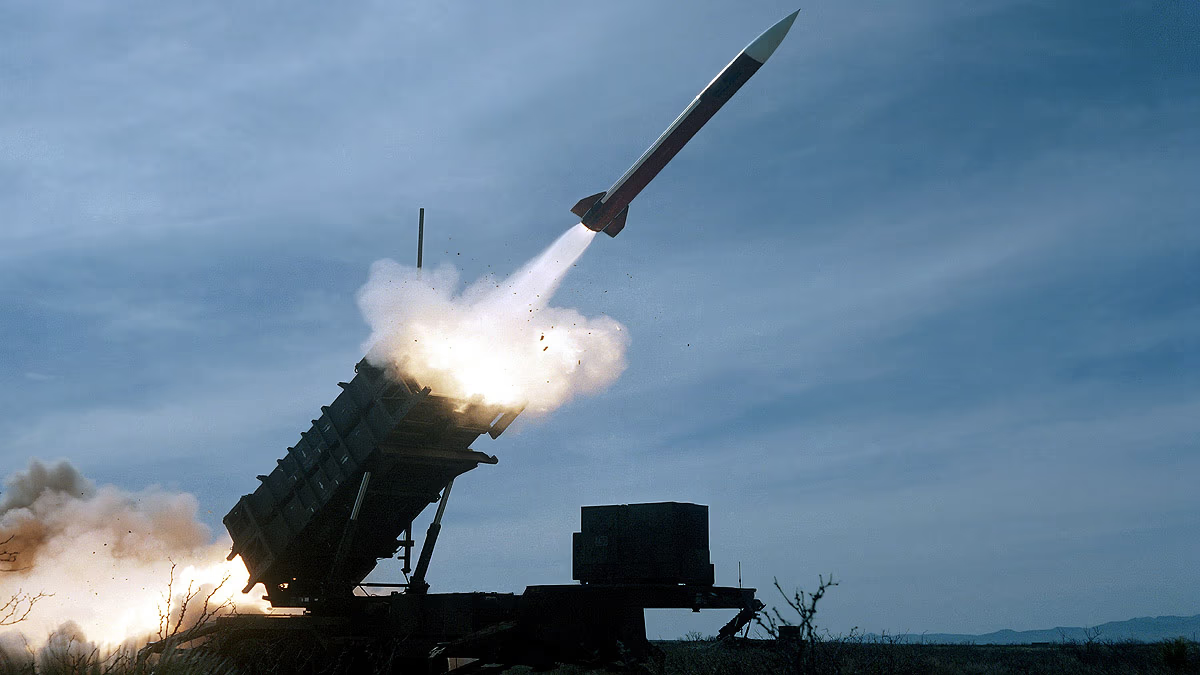
Source: aajtak
Expert Insights
Experts opine that while the Patriot System strengthens Ukraine’s air defenses, it alone might not dramatically shift the war's dynamics. Ukraine requires not just Patriots but comprehensive defense solutions, including affordable drone defense systems, ammunition, and military supplies.
Discovering the Features of the Patriot Missile System
This formidable system targets Russia’s ballistic, cruise, and subsonic missiles, effectively neutralizing helicopters, drones, and aircraft. Manufactured by Raytheon in the U.S., it is a surface-to-air missile system.
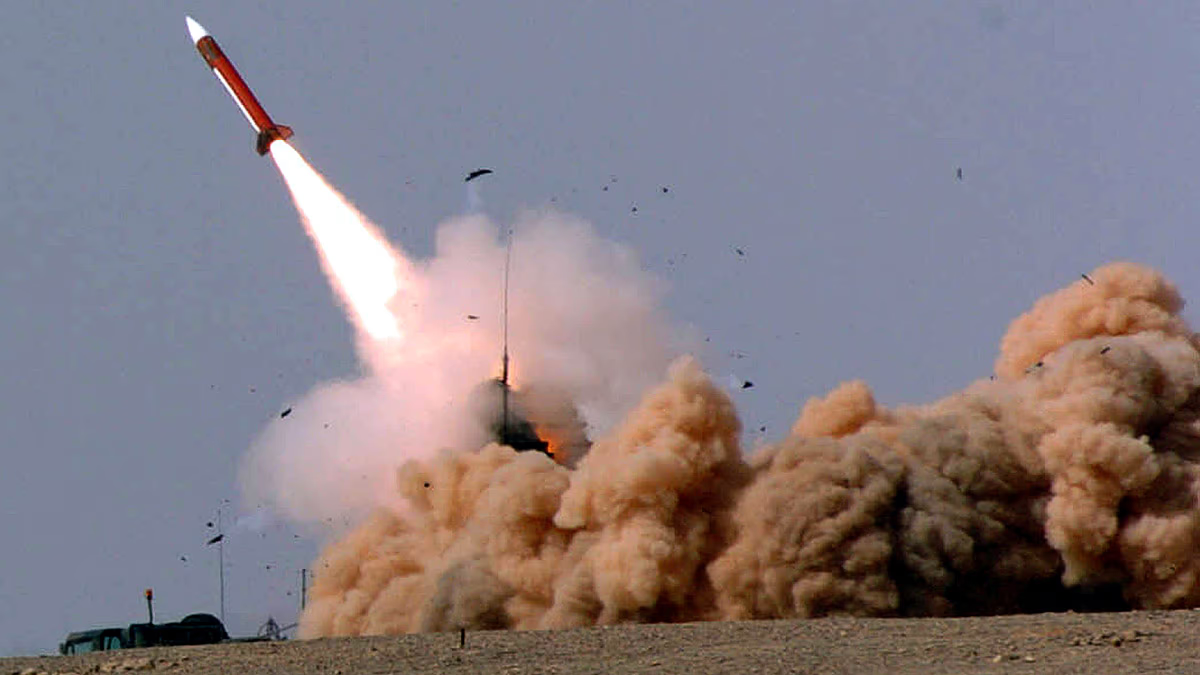
Source: aajtak
The Patriot Missile has been deployed in conflicts like the Gulf War, Iraq War, Israel-Gaza Conflict, Syria, Yemen wars, and the ongoing Russia-Ukraine war. Ukraine claims success in downing Russia’s hypersonic Kinzhal missile using the Patriot.
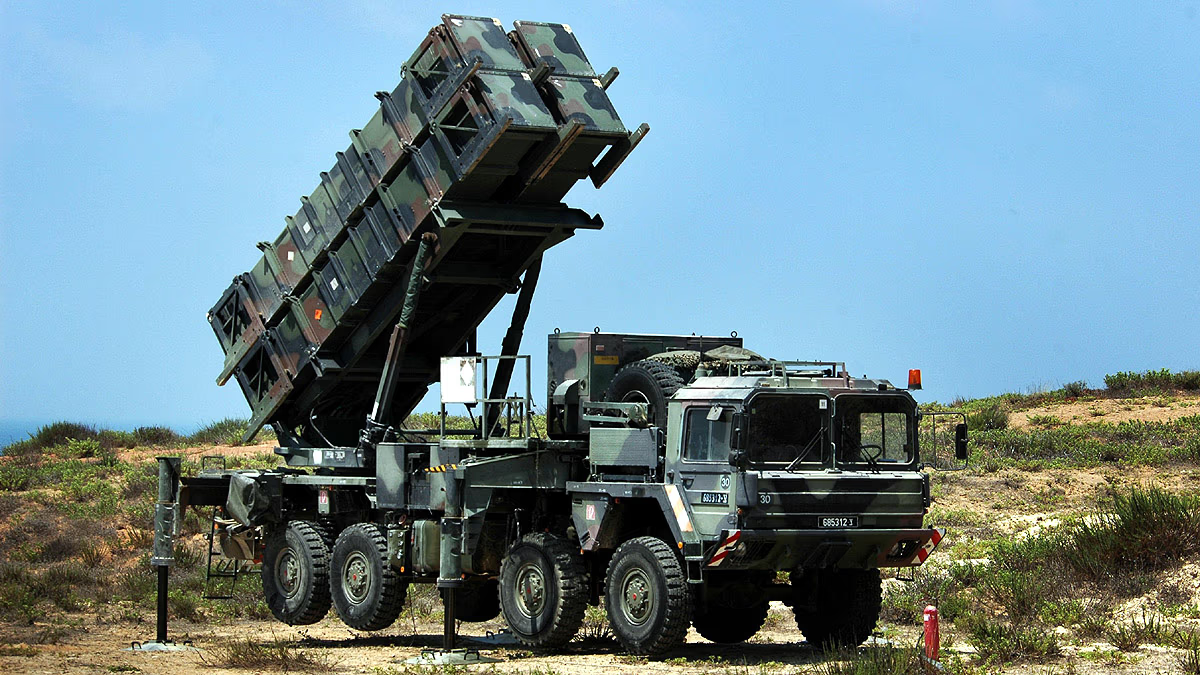
Source: aajtak
Out of 1106 launchers, many remain on U.S. soil, with 172 sold or transferred globally. Currently, around 7 to 8 variants of this missile system are available, each differing in range and power.
Weighing between 312 to 914 kg, the Patriot Missiles span 15.10 to 17.1 feet in length, featuring wingspans ranging from 1.8 to 3 feet with composite blast, high-explosive, blast, and fragmentation warheads.
The warhead weight varies between 73 to 90 kilograms, posing a threat to substantial missiles in mid-air. A Proximity Fuse System triggers detonation upon missile collision.
The Patriot Missiles cover ranges from 30 to 160 km and attain a maximum altitude of 80,000 feet, roughly 24 km high. Depending on the variant, speeds range from 3,430 to 5,022 km/hr, sufficient to intercept adversary missiles.

Source: aajtak
Its launchers remain mobile, easily deployable. Initially unguided, subsequent upgrades to the Pac-2 version enhanced missile guidance.
This transition occurred around the 1990s, significantly augmenting the missile's lethality, endowing it with self-targeting capabilities. Currently, Pac-3 missiles are state-of-the-art, with launchers accommodating 16 missiles each.
Imminent adversary targets witness relentless onslaughts, evading such attacks becomes challenging as Pac-3 variants dash towards them at 5,022 km/hr.
Enhanced with Pac-3 MSE upgrades, a Medium Extended Air Defense System (MEADS) now enhances missile accuracy, making it a hit-to-kill interceptor missile. Launcher modifications ensure no adversary targets are missed.
Nations utilizing this system include the U.S., Germany, Greece, Israel, Japan, Jordan, Kuwait, Netherlands, Poland, Qatar, Romania, Saudi Arabia, South Korea, Spain, Sweden, Taiwan, UAE, and Ukraine. Morocco and Switzerland may soon acquire Patriot Missiles too.



